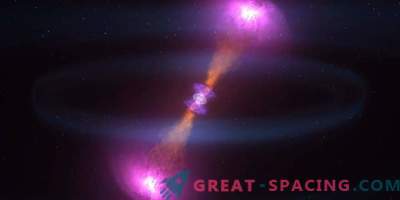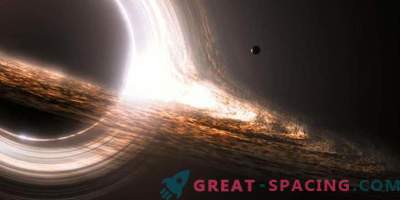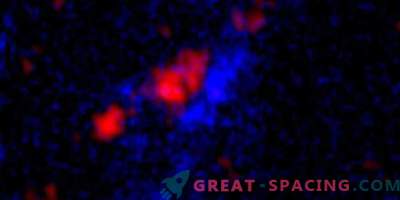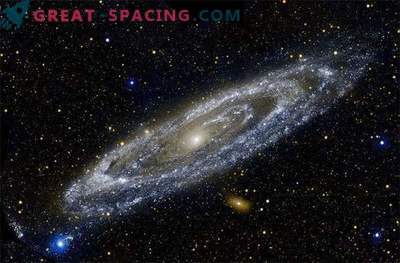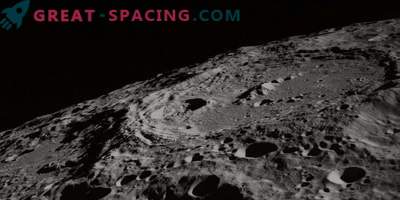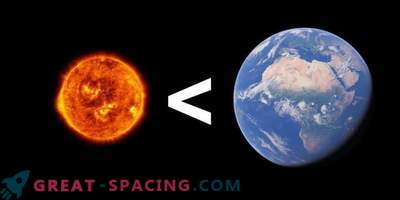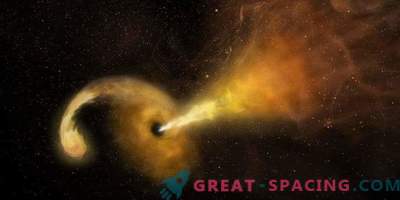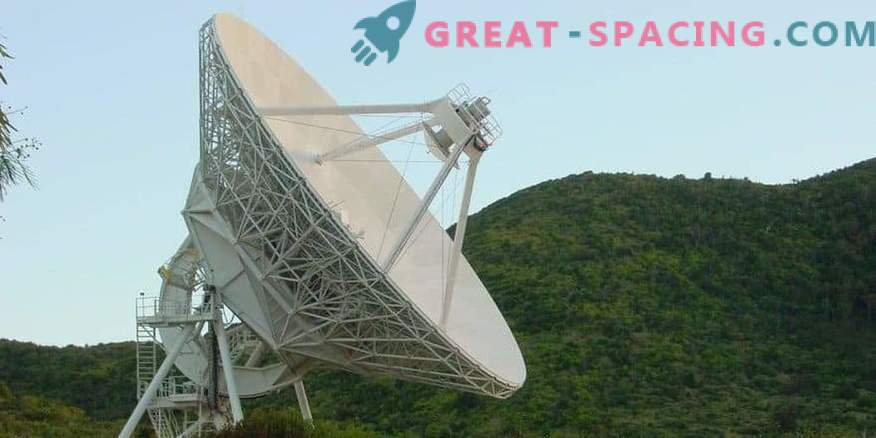
A recent unusual observation in the VLBA array included the study of the effects of radio waves from a distant radio galaxy. At this point, the asteroid of the solar system passed in front of a distant galaxy, which made it possible to determine its size and specify the data on the shape and orbital path.
When the asteroid flew in front of the galaxy, the radio waves of the latter slightly curved around the edges of the object in the process of diffraction. Upon contact, the waves produced a circular pattern of stronger and weaker waves, which provided scientists with useful information about the cosmic rock. Asteroid Palma lives in the main asteroid belt between Mars and Jupiter. In 1893, it was found by the French astronomer Auguste Charlois, and the orbit lasts 5.59 years.
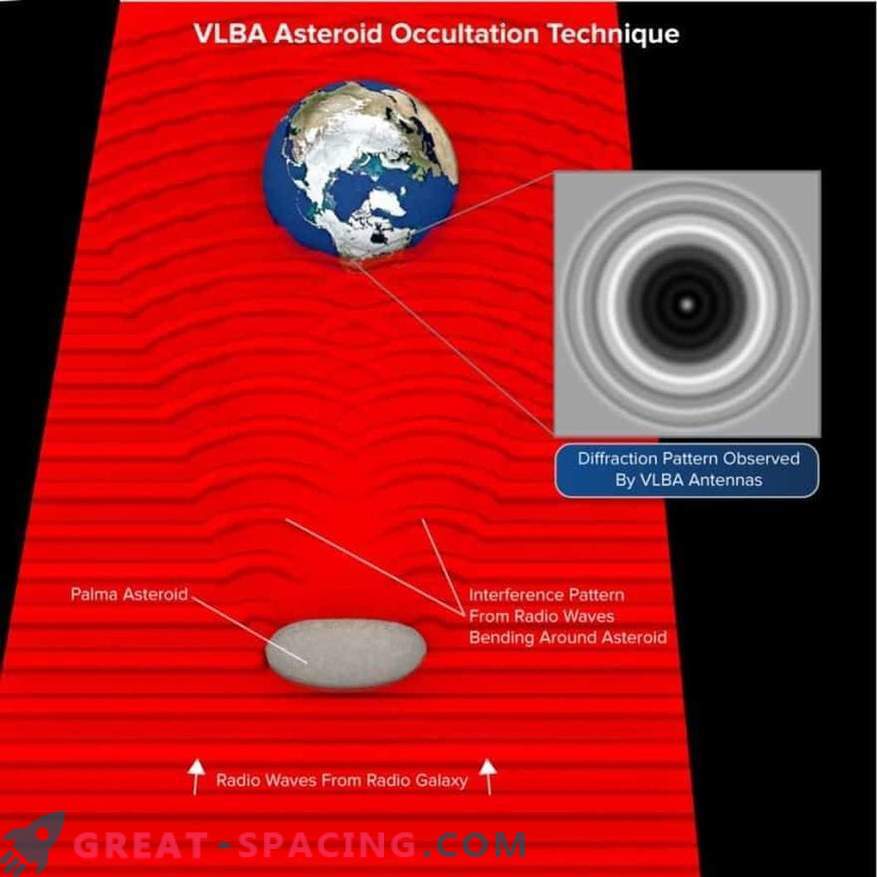
Radio waves from a distant galaxy were blocked from view by an asteroid flying through our system. But diffraction curved the waves around the object and formed a pattern of dark and bright circles. This allowed to determine the size, shape and orbit of the asteroid
May 15, 2017, Palma closed the radio waves of the galaxy 0141 + 268, which formed a shadow that sped across the Earth’s surface at a speed of 32 miles per second. Scientists used VLBA antennas to capture an amazing occlusion event. Further analysis provided a description of the nature of the asteroid, whose diameter is 192 km. Usually, distant asteroids are recorded as they pass in front of the stars, which reduces the brightness level. But the VLBA review can be considered unique, as it allowed changing the amount by which the wave peaks shifted during diffraction (phase shift). Due to this, it was only possible to limit the shape of the Palm with just one short dimension. It is important that the new review helped to improve previous characteristics and accurately determine the orbital path.
Over the past 120 years, Palm’s position has been measured more than 1600 times, but just one glance of the VLBA has reduced uncertainty 10 times. The case study demonstrates the amazing abilities of the array, as well as the reliability and relevance of such a method of observation.


